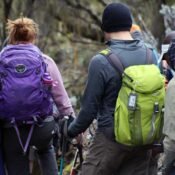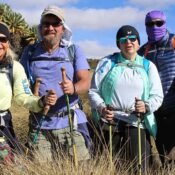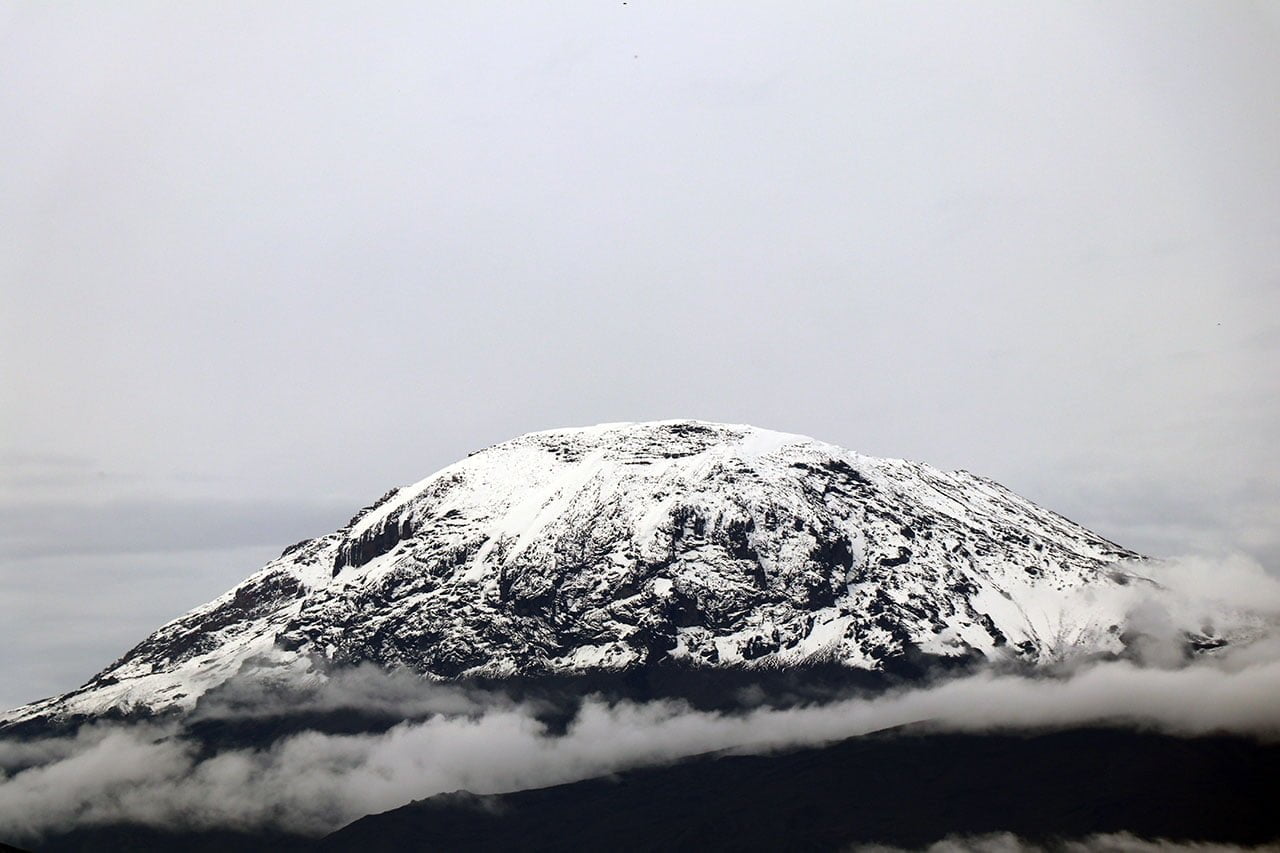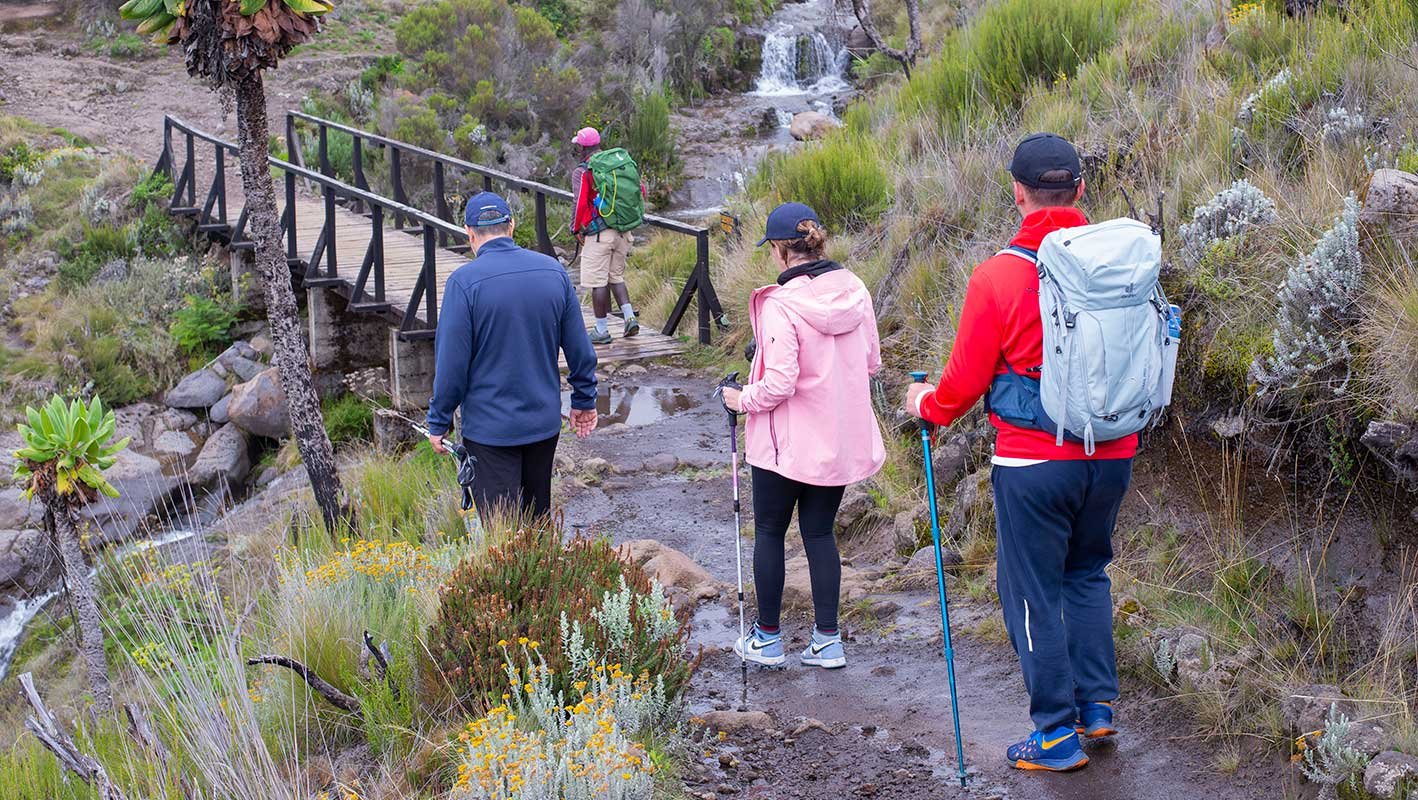
What Gear Do I Need to Climb Kilimanjaro?
It takes a lot of equipment to climb Mount Kilimanjaro. Personal equipment is your responsibility; communal equipment (tents, food, cooking supplies, etc.) is provided.
This is a list of necessary, suggested, and optional Kilimanjaro gear that you should pack for your climb.
✓ 1 – Waterproof Jacket, breathable with hood
✓ 1 – Insulated Jacket, synthetic or down, with hood
✓ 2 – Soft Jacket, fleece or soft-shell
✓ 3 – Long Sleeve Shirt, light-weight, moisture-wicking (hood recommended)
✓ 1 – Short Sleeve Shirt, light-weight, moisture-wicking (optional)
✓ 1 – Waterproof Pants, breathable (side zipper recommended)
✓ 2 – Hiking Pants
✓ 1 – Fleece Pants, warm
✓ 1 – Shorts (optional)
✓ 1 – Long Underwear, moisture-wicking
✓ 4 – Underwear, moisture-wicking
✓ 3 – Sport Bra (women)
✓ 1 – Sunglasses
✓ 1 – Backpack Cover, waterproof (optional)
✓ 1 – Water Bottle (Nalgene, 32 oz.)
✓ 1 – Water Bladder (Camelbak type, 3 litres)
✓ 1 – Towel, lightweight, quick-dry (optional)
✓ 1 – Pee Bottle, to avoid leaving the tent at night (recommended)
Use stuff sacks, dry bags, or plastic bags similar to “Ziploc” to keep equipment dry and organized. Although Ziploc-style bags for toiletries are allowed for tourists, plastic bags are generally prohibited in Tanzania.
✓ Toiletries
✓ Prescriptions
✓ Sunscreen
✓ Lip Balm
✓ Insect Repellent, containing DEET
✓ First Aid Kit
✓ Hand Sanitizer
✓ Toilet Paper
✓ Wet Wipes (recommended)
✓ Snacks, light-weight, high calorie, high energy (optional)
✓ Electrolytes, powder or tablets (optional)
✓ Camera, with extra batteries (optional)
✓ 1 – Brimmed Hat, for sun protection
✓ 1 – Knit Hat, for warmth
✓ 1 – Neck Gaiter, for dust, wind and warmth
✓ 1 – Gloves, warm (waterproof recommended)
✓ 1 – Gloves, fleece, light
✓ 1 – Hiking Boots or Shoes, warm, waterproof
✓ 4 – Socks, wool or synthetic
✓ 1 – Gaiters, waterproof (optional)
✓ 1 – Sleeping Bag, warm, four seasons*
✓ 1 – Sleeping Pad, inflatable (optional, foam pad provided)
✓ 1 – Camp Pillow, inflatable (optional)
✓ 1 – Trekking Poles, collapsible (highly recommended)*
✓ 1 – Head Lamp, with extra batteries
✓ 1 – Duffel Bag, 70L-90L capacity, for porters to carry your equipment
✓ 1 – Daypack, 30-35L capacity, for you to carry your gear
*May be rented on location.
✓ Trip Receipt
✓ Passport
✓ Visa (available at JRO)
✓ Vaccination/Immunization Papers
✓ Insurance Documents
Please refer to our article, What Should I Wear to Climb Kilimanjaro? for information on how to wear your technical apparel.
All of your outdoor gear is available at these recommended retailers: REI, Backcountry
Do You Offer Any Rental Gear?
Trekking poles and cosy sleeping bags are available for rent on-site. USD must be used as payment. Everything else is required to be brought by you.
Moshi has a few tiny, neighbourhood gear stores. However, most of the merchandise at these stores is off-brand or secondhand and may not meet Western standards. Bring what you need instead of trying to find it in town before your climb, as the fit, quality, or functionality of products purchased in local shops may be questionable.
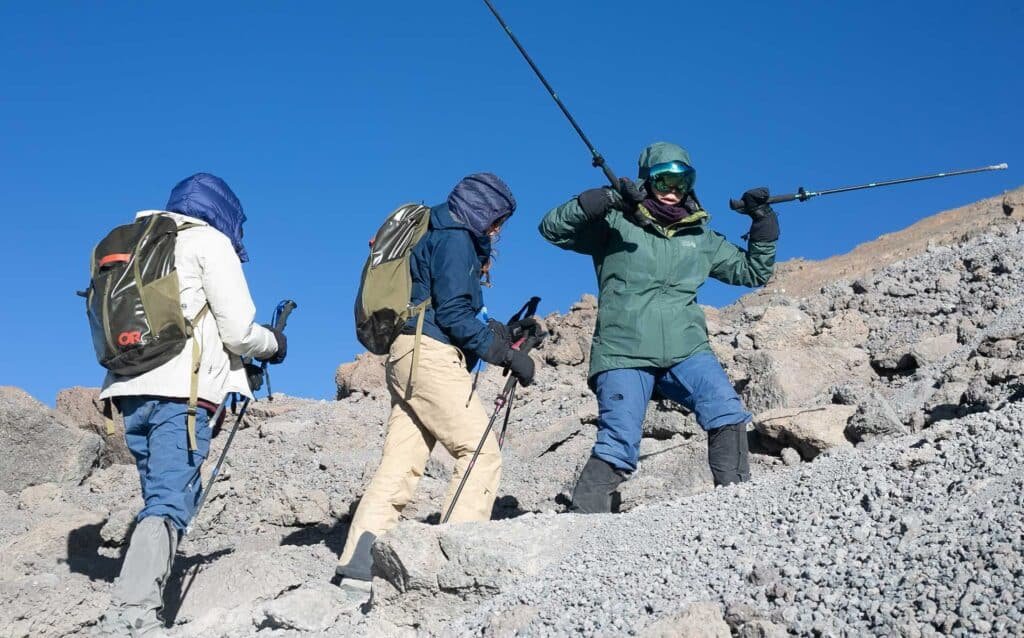
Do I need to carry all my gear in Kilimanjaro?
Not at all! Our porters will transport most of your equipment from camp to camp because our tours are completely funded.
All you need to bring on your hike to the next campground is a compact daypack filled with necessities. Typically, that would contain water, food, rain gear, and clothing.
Everything else goes into your duffel bag, which will be prepared in your tent by the time you reach camp.
Your sleeping bag and duffel bag will be combined into a sizable, robust, waterproof bag with a roll-top closing by our porters.
Is the Weight of My Kilimanjaro Gear Limited?
Your items cannot weigh more than 33 lbs (15 kg) with one of our porters. Thus, choose carefully what you bring with you.
Climbers most frequently make the error of overpacking and bringing too much equipment. If you are struggling to stay under the weight limit, thoroughly go over your equipment in comparison to our gear list and eliminate any extraneous or superfluous items.
It is important to note that everything your porters will carry between campsites should fit inside the duffel bag, including your sleeping bag. However, if you need to pack the sleeping bag separately, you can do so. Please be aware that if you rent a sleeping bag from us, the 33 lb limit will be applied to the bag’s 5 lbs 6 oz weight.
You will need to hire an additional porter if you are overweight. It is uncommon to need an additional porter, and when it does, it should be for very specific reasons, such as transporting heavy photography gear.
Is it Possible to Keep Extra Baggage at the Hotel?
Indeed. You can store your additional luggage and anything that you won’t need for your climb, including safari clothes, gear, and equipment, safely at the hotel.
What Needs to Be Taken On My Flight?
Checked luggage on airplanes can get lost or delayed on the way to Tanzania.
You should prepare for this possibility by wearing or carrying on the items that are essential to your Kilimanjaro climb. While most clothing, gear and equipment can be replaced in Tanzania prior to your climb, there are some things that you should not replace.
It is advised by Masatu Tours that you bring one full hiking outfit—a long sleeve shirt, hiking pants, socks, underwear, and hiking boots—for the trip. Your backpack, waterproof pants and jacket, insulated jacket, fleece pants, snacks, toiletries, meds, camera, and all papers should fit in your carry-on luggage. Wearing or carrying your hiking boots is important because it will prevent blisters if you wear a different pair of footwear for your climb.
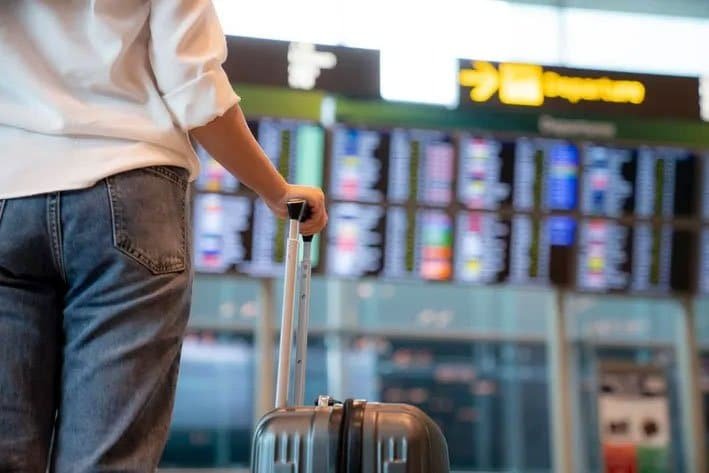
Trekking poles are prohibited by airline restrictions from being brought on board.
What Takes Place Should My Baggage Get Lost or Be Late?
Please let us know as soon as possible after you arrive if your luggage is delayed or misplaced so we can help you put the appropriate equipment together. We’ll take you to individually owned, neighborhood gear stores in Moshi. However, it’s possible that these shops won’t have what you need, and the equipment may be of poor quality and condition. As a result, we highly advise you to continue using the most crucial pieces of equipment listed above.
We will try our best to transport your luggage to you on the mountain promptly. All additional costs that we incur in the process of addressing luggage delays or losses must be paid for locally.
I want to climb, but can I bring single-use plastic?
Since the park has historically had litter issues, single-use, recyclable plastic water bottles are not permitted.
It is recommended to carry water in Nalgene bottles, water bladders, or comparable containers. Three to four liters of water should always be carried on you.
Is It OK to Drink in the Park?
It is forbidden to consume alcohol in parks. Our employees won’t carry it for you. Furthermore, drinking and high altitudes are a bad combination. Please don’t bring any alcoholic beverages.
At the park gate, though, you can celebrate at the top of the climb. Purchases of beer, soda, and snacks are accepted.

